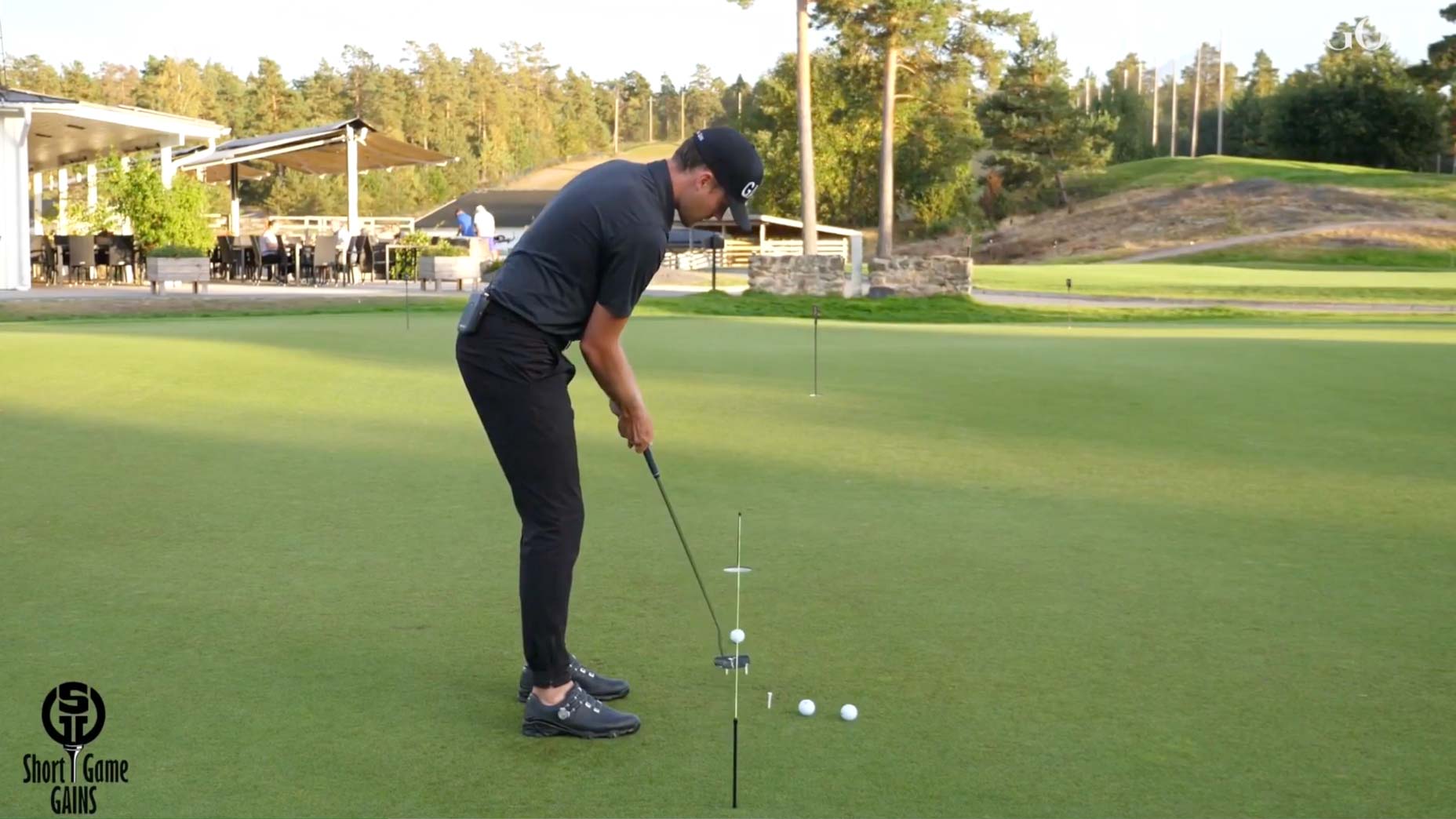Fall foliage has peaked in most of the northern states and for many of us who live there, we’ve only got a few more weeks of golf before old man winter shuts it down for us.
But that doesn’t mean there’s nothing you can do for your game at home while we wait for the flowers to bloom once again.
Luckily aspiring pros and Short Game Gains co-founders Fredrik Lindblom and Hannah Gregg have a couple of suggestions in the video you can watch below for what you can do right now to improve your short game for next season.
Get with a coach and develop a plan
Gregg and Lindblom both agree that many people overestimate how much time is needed to improve their golf game.
The key, Lindblom says, is developing a plan for improvement so you can use your time more effectively.
“Get with a really good coach, develop a plan, and then you’ve done the groundwork,” Lindblom said. “When you’ve done that, you’ve spent you know, that’s an investment. Both financially and time-wise to develop that plan. But when you got it, just keep doing it because it’s so easy to kind of bounce around and it’s not a straight road to the top.”
Focus on drills that work for you
Gregg said she tried many different drills for a while without seeing much success before switching to a routine of just four different drills. That’s when she started to see her game improve, she said.
She says too often, people try drills they see on TV when they may not be the best for their game.
Lindblom mentioned how Tiger Woods often uses the tee gate and one-handed putting drills on the greens, but rarely anything else. He said it’s especially important to find a drill that helps speed control, as three-putts are a real round wrecker for amateur golfers.
Start with aim
Gregg and Lindblom said most golfers don’t get lined up properly.
“Three degrees right or left doesn’t sound like a lot when you talk about being set up, but three degrees out from 20 feet away, you’re not even touching the hole,” Gregg said
Putting is hard. it’s really, really hard,” Lindblom added. “So don’t make it to or by aiming over there trying to go over it.”
The duo suggests using a chalk line or even something as simple as a friend checking your alignment from behind can be a quick fix that can pay massive dividends.
Know your tendencies
One of the key differences between pros and amateurs, Gregg and Lindblom said, was that pros know what their tendencies are under pressure and actively practice to neutralize them.
Lindblom said an amateur will simply say they are a bad putter while a pro will know specifically that he or she tends to pull putts.
“When you can create drills and focus your practice around avoiding to make that mistake during pressure situations, that’s how you become better,” he said.
